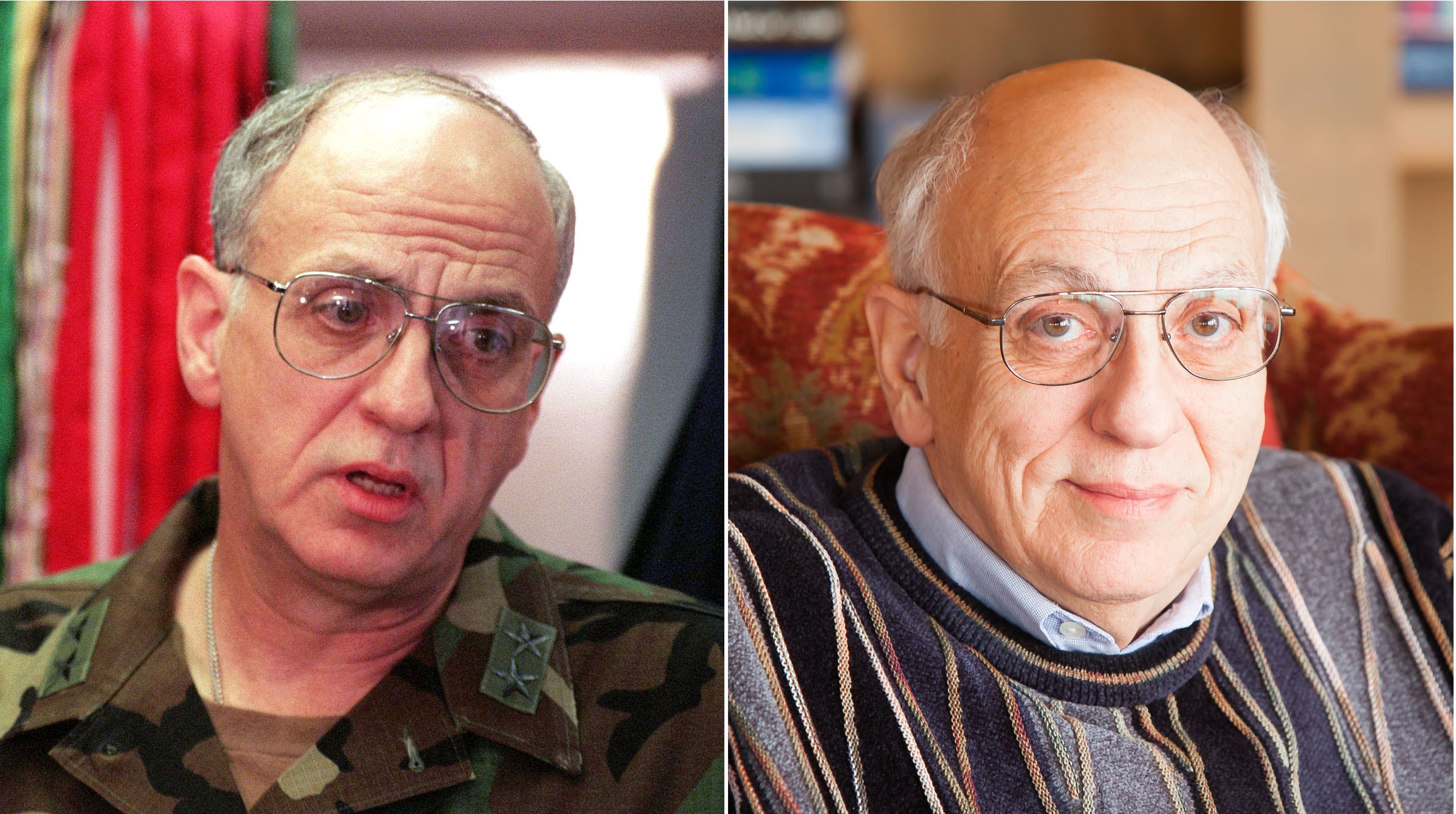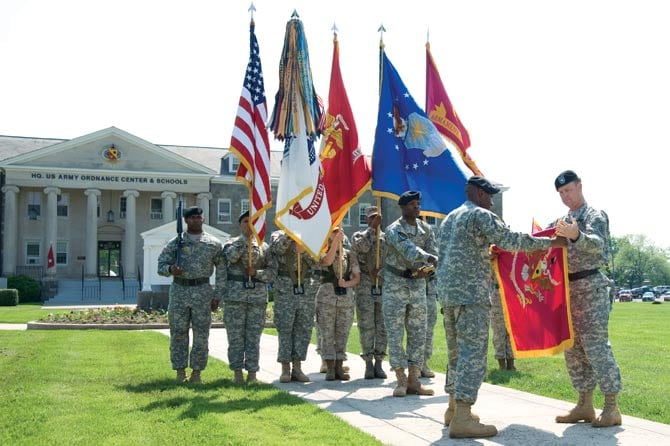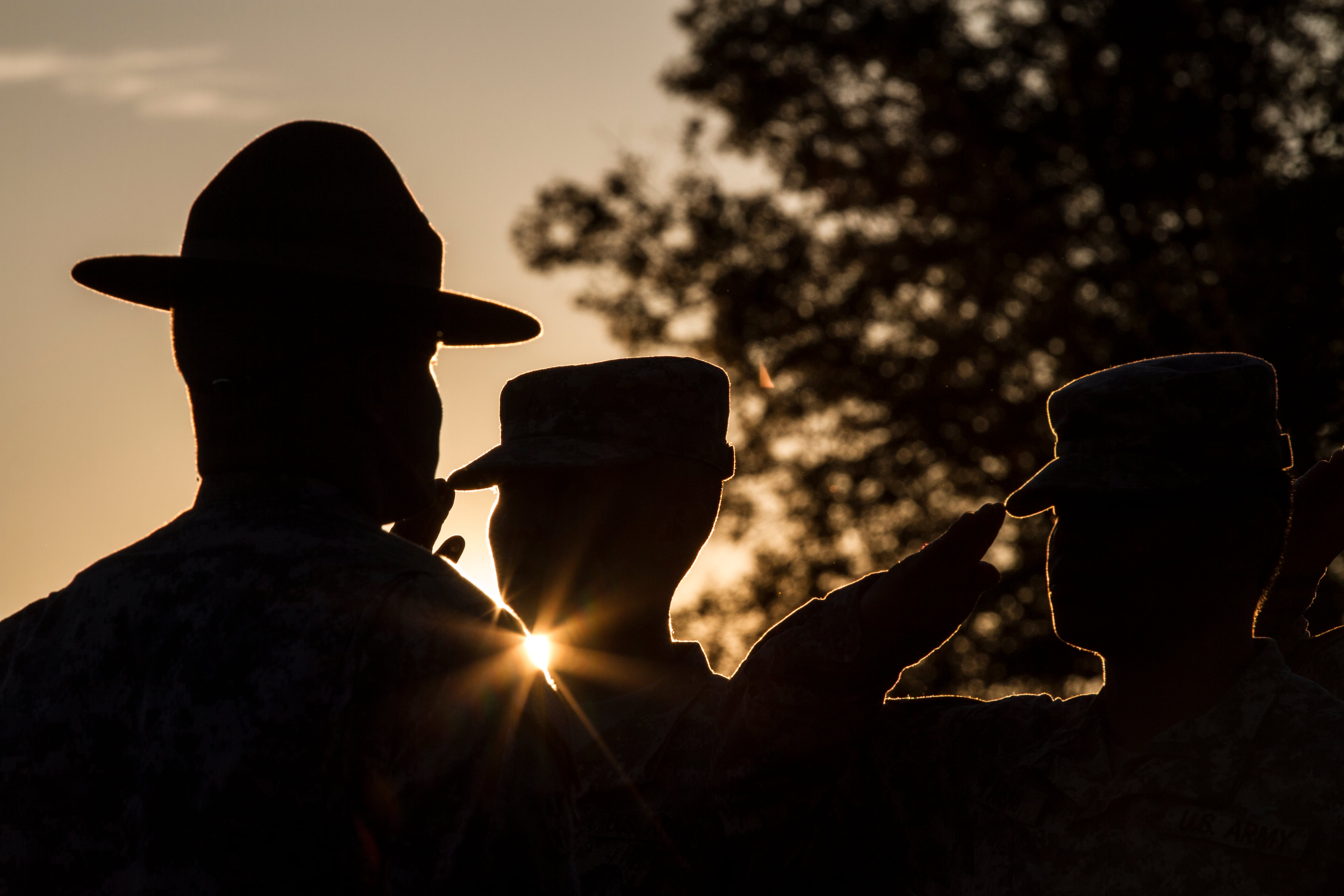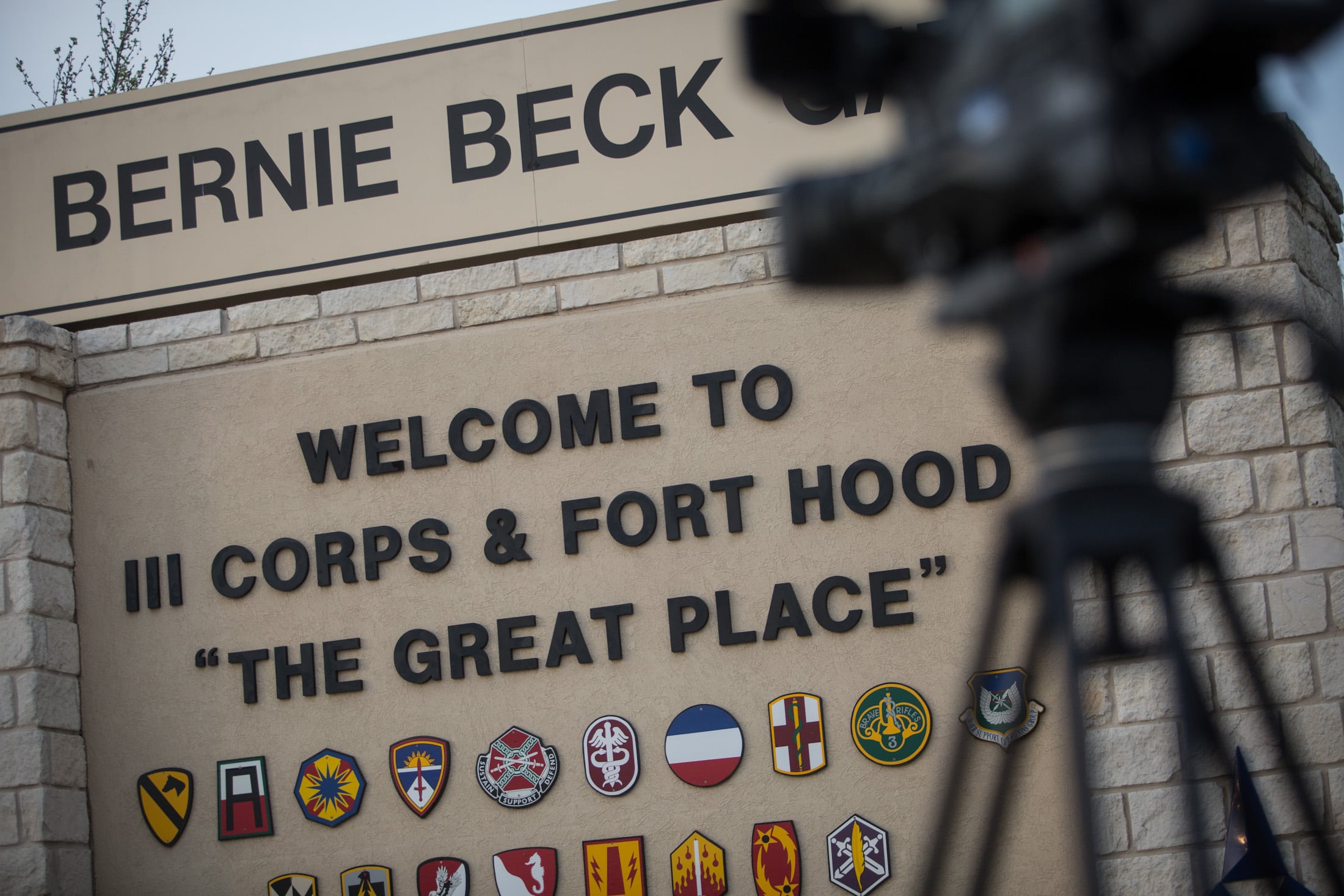Editor's Note: The following is an opinion piece. The writer is not employed by Military Times and the views expressed here do not necessarily represent those of Military Times or its editorial staff.
Monday marked the 20th anniversary of press conferences held at the Pentagon and Fort Monroe, Virginia, to announce multiple sexual assaults at the Army Ordnance Center and Schools on Aberdeen Proving Ground, Maryland. This was the beginning of extensive national media coverage of what became known as the Aberdeen sex scandal.
Local investigations at Aberdeen had been ongoing for months, and officials in Washington had been alerted in September of 1996. The leaders at Aberdeen implemented actions early on that encompassed three priorities: Identify the young women who had been victimized and get the survivors care; from survivor statements, identify the perpetrators and turn them over to a separate legal chain; and take corrective action to preclude recurrence.
All of the cases at Aberdeen involved male members of the Ordnance Center and Schools' military faculty, primarily drill sergeants, as perpetrators and young female advanced individual training students as victims. It turned out the perpetrators were engaged in what was essentially a crime ring called "Playing the Game" or "GAM" – game a la military.

Left, Maj. Gen. Robert Shadley answers questions regarding the Aberdeen scandal during a Nov. 7, 1996, news conference at Fort Monroe, Va. Right, the author today -- Shadley retired in 2000 but remains active in the Army's sexual-assault prevention efforts.
Photo Credit: AP/Courtesy photo
GAM had rules, staff and faculty who didn’t play were often blackmailed – kept from reporting those who were players. It later became apparent that drill sergeants learned GAM in what they called "after-hours instruction at drill sergeant school," and GAM was being played at multiple Army installations.
As the scandal became more widely publicized, four national agendas took precedence over the Ordnance Center and Schools' priorities:
- Race: All 12 alleged perpetrators facing charges at courts-martial were African-American, and the majority, but not all, of the victims were white.
- Role of women in the Army: Why and how they were housed and trained alongside men, their potential role in combat, etc.
- Accountability: Someone had to be held responsible for the scandal.
- Protecting the image of the Army: It appeared that the public mantra of the senior Army leadership was that Aberdeen amounted to an aberration – that is, sexual assaults were only occurring at Aberdeen – but they recognized that there was an Army-wide problem with sexual harassment.
The impact of the scandal varied by time frame. From Sept. 11, 1997, when the senior Army leadership held a press conference to provide their final assessment of what happened at Aberdeen, until Sept. 11, 2001, commanders were reluctant to report sexual assaults because the leadership had signaled that there was not an Army-wide sexual assault problem.
While sexual assault and sexual harassment cases received some media coverage and Defense Department interest following Sept. 11, 2001, the focus was on multiple operations around the globe against terrorism. Finally, in 2012, then-Defense Secretary Leon Panetta directed the collection of sexual assault data and President Obama emphasized to military leadership that he wanted their full attention given to preventing sexual assaults.

Soldiers case the colors of the Army Ordnance Center and Schools at Aberdeen Proving Ground, Md., in 2009. The school relocated to Virginia's Fort Lee.
Photo Credit: Army
Today, the services have implemented programs to respond to and prevent sexual harassment and sexual assault. As an adjunct instructor at the Army Sexual Harassment and Assault Response and Prevention Academy, I have had the pleasure and honor to address 23 classes. This is a great program and is paying dividends, as most leaders understand that this is a force protection (unit readiness) issue – not just another personnel program. It is also not just a "woman’s issue"; some of the most severely impacted survivors I have talked with are men.
Based on published statistics, it appears approximately 400,000 service members have been victims of sexual assault since November 7, 1996. The SHARP theme of "Sustaining the Momentum" and Sergeant Major of the Army Daniel Dailey’s " Not in My Squad" program are spot on and making a difference.
Sexual assault is not a uniquely military issue, and it is up to each of us to make sure that that the cancer of sexual assault and its precursor, sexual harassment, are eradicated from all aspects of our society.
Robert D. Shadley is a retired major general and was the commander at the Army Ordnance Center and Schools at the time of the scandal. A veteran of the Vietnam War and Operation Desert Storm, he is the author of "The GAMe: Unraveling a Military Sex Scandal."





